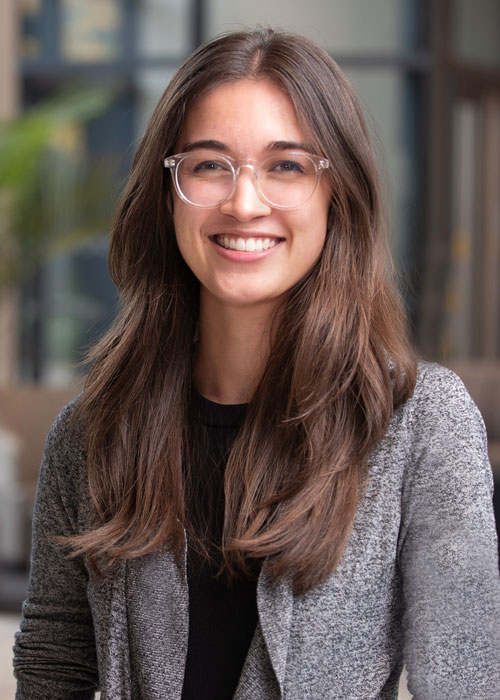VCU OT Explores Motor Learning and Brain Stimulation through NIH-Funded Study
 A VCU occupational therapist, Brooke Dexheimer, Ph.D., OTD, OTR/L, is a co-investigator in a groundbreaking multi-site study, funded by the National Institute of Neurological Disorders and Stroke (NINDS), to understand motor learning and brain stimulation in patients recovering from neurological injuries and stroke.
A VCU occupational therapist, Brooke Dexheimer, Ph.D., OTD, OTR/L, is a co-investigator in a groundbreaking multi-site study, funded by the National Institute of Neurological Disorders and Stroke (NINDS), to understand motor learning and brain stimulation in patients recovering from neurological injuries and stroke.
Supported by more than $2 million in federal funding, the five-year project brings together experts from three universities to explore the brain’s role in relearning movement after neurological damage. Directed by leading movement experts Robert Sainburg, Ph.D., OTR, a Penn State kinesiologist, and Eugene Tunik, Ph.D., PT, a Northeastern University neuroscientist, the study team includes VCU’s Dexheimer, assistant professor, as co-investigator.
“Motor learning is such a critical process for all of us, whether it’s a baby learning to walk or an adult relearning how to use their hand after a stroke,” she said. “By understanding the underlying neuroscience, we can develop more targeted and effective rehabilitation strategies.”
More specifically, the study focuses on the posterior parietal cortex, since earlier research showed that brain lesions occurring there disrupted motor learning. Using non-invasive brain stimulation techniques – transcranial direct current stimulation (tDCS) and transcranial magnetic stimulation (TMS) – the team aims to better understand how the different sides of the brain contribute to how people learn and perform movements, looking at the separate impacts for the dominant and non-dominant hands.
“We know the brain is asymmetric, and this influences motor learning,” said Dexheimer, who notes that OT often focuses on enhancing upper extremity movement that is critical to daily living, such as brushing teeth or taking in a meal. “By stimulating specific regions, we’re hoping to uncover how the left and right hemispheres uniquely support tasks – and how this understanding could translate into rehabilitation for people with neurological injuries.”
In early findings not yet published, transcranial direct current stimulation – which Dexheimer describes as “a little cup of coffee for that part of the brain” – applied to this left cortex enhanced participants’ ability to transfer motor learning from their dominant to their non-dominant hand. These preliminary results showcase the potential for targeted brain stimulation to improve recovery outcomes.
The grant’s first three years are dedicated to data collection at the other two sites, then Dexheimer will ramp up her role in data analysis. While earning her Ph.D. in kinesiology at Penn State, she previously collected preliminary study data, which was integral to securing the grant. The remaining grant years will allow researchers to refine the findings, with hopes of extending the research to clinical populations.
The research not only aims to advance understanding of motor learning but also to pave the way for innovative treatments that could enhance quality of life for individuals recovering from stroke and other brain injuries. “We’re looking at long-term applications,” Dexheimer said. “By identifying critical regions of the brain, we hope to tailor therapies that can significantly impact neuro-rehabilitation in the future.”
Finding her place in OT
Dexheimer always knew she wanted to help people, leading her ultimately to a career in occupational therapy. But during a final clinical rotation in graduate school at a large hospital system in Los Angeles, Dexheimer saw stark disparities in the care provided to patients from different socioeconomic backgrounds. “I just wasn't satisfied that we were doing the absolute best we could for our patients,” she said.
She opted to complete a research rotation afterward with Sainburg, who invited her to join his lab for a Ph.D. program focused on the fundamental neuroscience of movement and motor control. “That’s when everything clicked for me,” she said. “I realized I could blend my clinical training with a deep dive into the neuroscience behind movement and rehabilitation. That's where my true passion lies.”